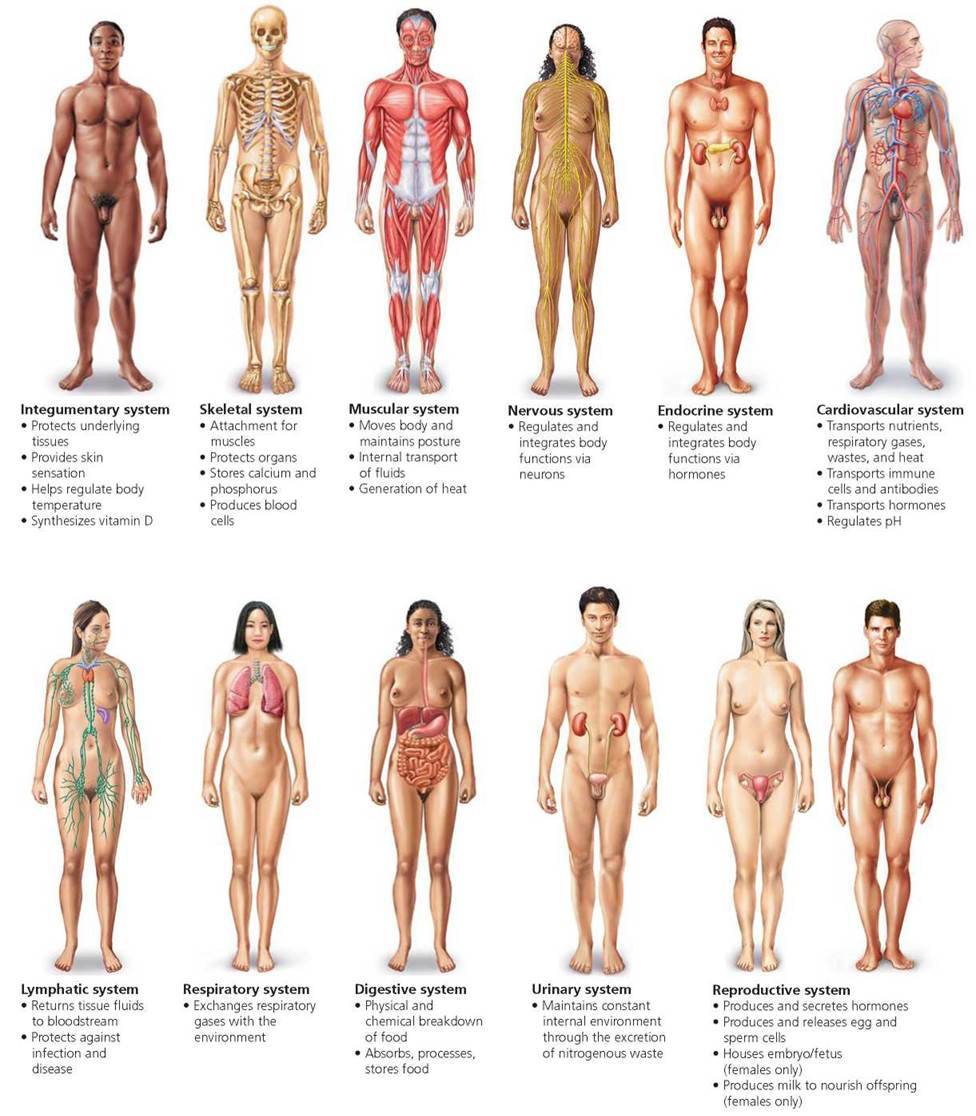FOR CHI 2021 – see the NEW CURRICULUM at inbodied101-21
II-101: the essentials of how the body works so you can design systems to help people feel better and so perform better, all the time, across contexts.

Our bodies are incredibly complex – they are complex systems of complex systems; their state affects all our experiences, from how well we sleep, to how we perceive the peopl around us, to how creative we are.
The goal of this course is to help HCI folksinterested in designing for and with the body to get a better handle on this inbodied complexity in order to consider design questions like:
- what is the minimal data dose a tool needs to track to help someone feel /perform better?
- how long do we need to deploy a tool to have a sufficient effect?
- how can we evatuate that efficacy?
- how many different paths can we use to have that desired effect?
- where do we need to design for individual, group and/or infrastructure?
For anyone in HCI interested in designing for and with the body – whether for health or play or cognition or mindfulness – or anything else that touches being embodied in a body, this course offers a Guide to the Complex territory of our physio-neuro-electro-chemico-kinesio-logical (what we call “inbodied”) selves.
II-101 key questions include:
- What is a human body – in particular, core traits for designers?
- what are the 11 complex internal systems of the body that are always on, always interacting, and what are accessible models to help make accessing them tractable for an HCI designer/researcher?
- what are fundamental processes – that all humans share – that we as designers can engage to affect each of these systems.
- what are methods to leverage this interplay in particular for cognitive, physical, mental, creative, social wellbeing/performance foci?
Effectively, this course will help designers/researchers develop pathways for designs to work with our inbodied systems and thus, to create interactive tools that therefore support health, wellbeing, brilliance and resilience.

We will look at concepts like the SAID principle and neural plasticity for design. We will touch on the interplay of inbodied processes with what we call circumbodied systems like light air and the microbiome that both surround us, and work with every cell in our bodies.
We will also explore if, after this framing, what may be possible for design that does not draw boundaries between physical and mental health; emotion and logic/decision making; mind/body.
In II-101, participants will gain:
- 5 Fundamental models for the body to help facilitate maps into further self-study or neurophysiology studies (eg medicine, sports science, therapy) to complement HCI work.
- 5 pathways for engaging with the body in designs for helping processes from wellbeing to performance
- 1 exemple methods/approaches leveraging these approaches for inbodied interaction design and evaluation.
Materials
Registered students will be provided with supporting course materials and related readings; they will also be invited to a course slack channel to support ongoing learning and development. BONUS: Students who register for the course now will always be able to sit in on the course when offered in the future, pending space.
NEXT STEPS
II-101 is the pre-requisite course for Inbodied Interaction 102, where, based on the foundations from this course, we do a deeper dive into less familiar areas of the brain for HCI, the mid-brain.
Instructor
m.c. schraefel, phd, ceng, cscs, fbcs, wellthlab, U of Southampton
Questions?
Please email your questions to ii-101@nopain2.org
